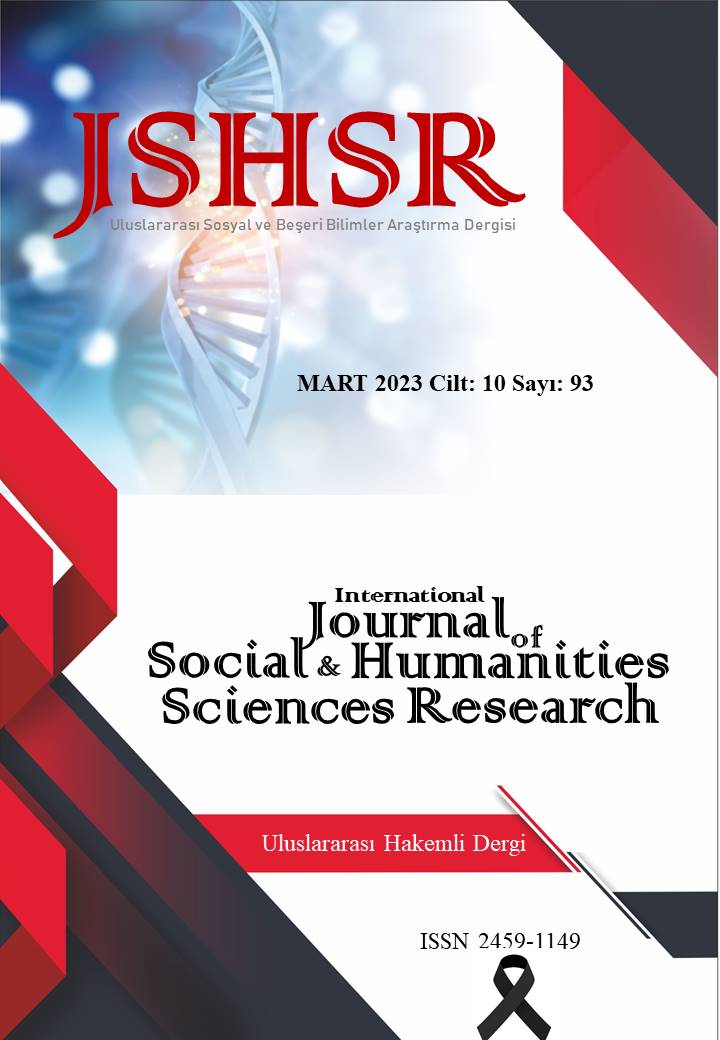THE USE OF NEW TECHNOLOGIES IN THE APPLICATION OF WOOD STONE PRINTING TECHNIQUE IN THE CONTEXT OF PRINTMAKING
DOI:
https://doi.org/10.26450/jshsr.3550Keywords:
Graphic design, Painting, Printmaking, Wood lithography, New technologiesAbstract
Wood lithography is one of the oldest and most traditional techniques of printmaking. In this technique, the process of coating an engraved design on a block of wood with ink and then transferring it to a piece of paper or cloth is performed. This process has been used by artists for centuries and is still a popular printing technique today. However, with the development of technology, the wood lithography technique has also faced innovations. These innovations are intended to help make the process faster and more efficient. In addition, it is not limited to traditional methods, the use of new technologies can make the application of wood lithography more efficient. The first of the techniques discussed in the article is CNC cutting technology. It is used to shape metal, wood, plastic, and other materials using a computer-controlled machining centre. This technology provides design freedom and allows the processing of a wide variety of materials. CNC cutting technology is used in many sectors such as the automotive, aerospace, medical, defense, and aerospace industries. Laser cutting technology, on the other hand, is a method used to cut materials using laser light. One of the biggest advantages of this technology is that materials can be cut very precisely. This technology, which is especially used in industries such as textile, packaging, automotive, and electronics, accelerates the cutting of materials and provides smoother results. In this article, the wood lithography technique and new technologies used in this technique will be discussed.
Downloads
Published
How to Cite
Issue
Section
License
Copyright (c) 2023 INTERNATIONAL JOURNAL OF SOCIAL HUMANITIES SCIENCES RESEARCH

This work is licensed under a Creative Commons Attribution 4.0 International License.


